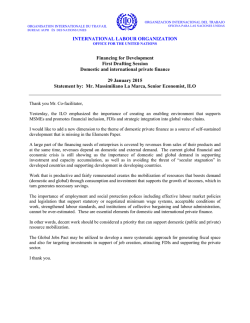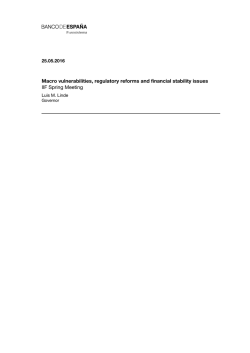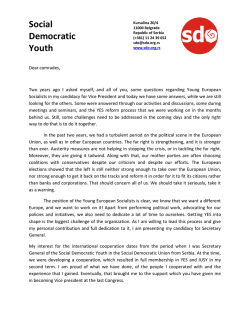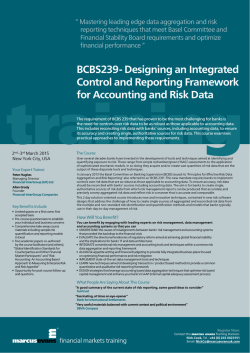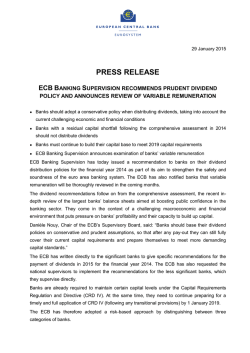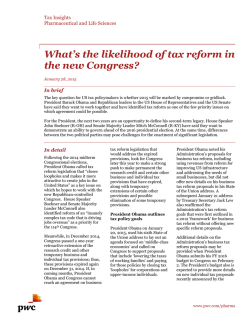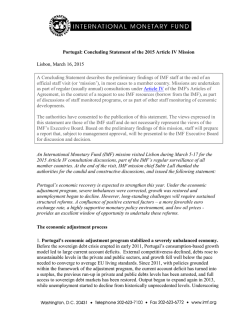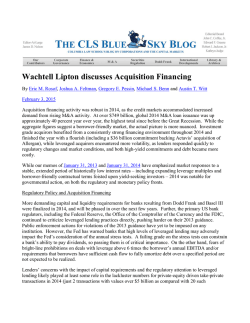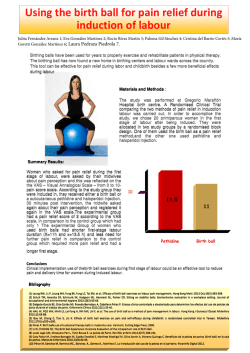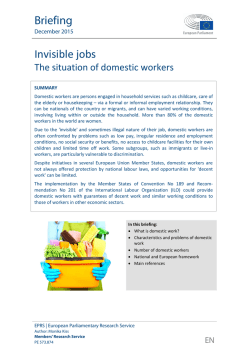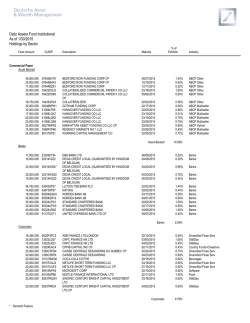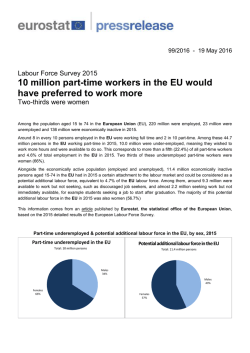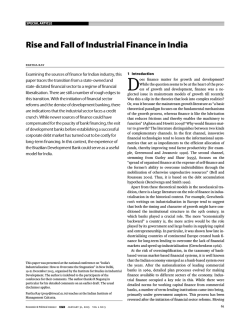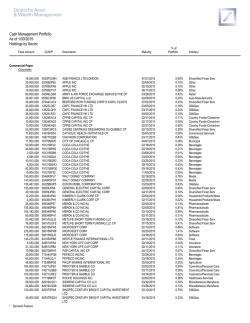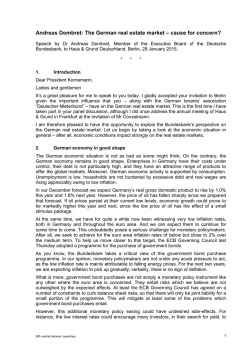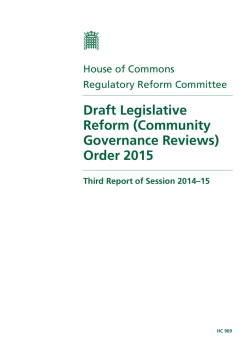
European Commission - Europa
EUROPEAN COMMISSION STATEMENT Brussels, 13 October 2014 Statement by the European Commission and the European Central Bank following the second postprogramme surveillance mission to Spain Staff from the European Commission, in liaison with the European Central Bank, carried out the second post-programme surveillance visit to Spain on 6-10 October. The European Stability Mechanism participated in the meetings on aspects related to its own Early Warning System. Macroeconomic situation The economic recovery has gathered momentum during 2014, with GDP growing at a faster pace than the euro area average. Growth has been supported by a rise in domestic demand, while the external balance has weakened substantially as a result of a slowdown in export market growth and higher imports. Domestic consumption and investment in equipment are benefitting from growing confidence, employment creation, easier financing conditions and low inflation. Deleveraging in the private sector is continuing. Unemployment is declining but still very high at above 24%, and the labour market is characterised by a large share of long-term unemployed, a high youth inactivity rate and significant segmentation across types of contracts. Public sector debt is still on an upward path, although the government expects it to peak in 2015 at slightly above 100% of GDP provided that the budget deficit targets for the coming years are met. The Commission will assess fiscal policy development in November on the basis of the forthcoming 2015 draft budgetary plan. The large domestic and external debt levels imply further deleveraging needs in the various sectors of the economy, so that its vulnerability to shocks persists. Financial sector developments Market indicators of systemic risk in the financial sector have continued to improve reflecting positive trends in global financial markets, in the economy and in the sector itself. The liquidity situation of Spanish banks has improved further and banks reported increased profits in the first half of 2014. Lower operating and impairment costs more than offset the drag on revenues from shrinking credit volumes. Meanwhile, banks' capital levels have been raised further and the stabilisation in asset quality has started to be reflected in a marginal decline in the non-performing loans ratio at system level. The forthcoming results of the ECB’s Comprehensive Assessment will shed further light on the state of the Spanish banking sector and a full assessment is not possible before this data is available. The restructuring of banks having received state aid is well underway, with burden-sharing exercises completed, although litigation is still ongoing. In June the Commission approved the sale of NCG Banco to Banesco Group, and in July Catalunya Banc was sold to BBVA. In the case of Bankia, after the sale of 7.5% of the government's stake last February, the privatisation has so far not progressed further. Completing the STATEMENT/14/315 restructuring and privatisation of state-owned banks is necessary to put the banking sector on a sound long-term footing. The implementation of savings bank reform needs to be urgently completed. The development of non-bank sources of finance has advanced and new measures aiming at improving banking funding conditions for SME have been introduced. For banks, the main challenge going forward appears to be the pressure on their profits from falling volumes of intermediation. The maintenance of adequate provisioning levels and capital buffers will be essential in this respect. SAREB's challenge of divesting its significant asset portfolio while maximising value also remains significant. Moreover, notwithstanding the further stabilisation of the financial sector, vigilance is also required vis-à-vis the possibility of a reversal of recent rises in valuation of Spanish assets in case of a correction in global financial markets. Progress on structural reforms The implementation of structural reforms has progressed further over the last six months, although unevenly across policy areas. Recently adopted new initiatives include a revision of the corporate insolvency framework to facilitate corporate debt restructuring and the easing of licencing requirements in retail. The gradual implementation of the market unity law and the public administration reform continues. Measures are being taken to make active labour market policies more effective in contributing to the reduction in unemployment. This is proving a complex and lengthy process, whose impact on the ground will take time to be felt. At the same time, there are no further reforms in the pipeline to address the high degree of labour market duality. A draft tax reform is currently in Parliament. The reform, which is centred on cuts in personal and corporate income taxes, is a first step towards a comprehensive simplification of the tax system but it may complicate the achievement of the budgetary targets going ahead. The independent fiscal institution, AIReF, has started operation, albeit belatedly. Other flagship measures have suffered delays, such as the parliamentary approval of the de-indexation law and, most prominently, the law on professional services and associations, which so far has not even been submitted to Parliament. Conclusion The recent economic and financial developments confirm the positive trends of stabilisation that have been unfolding over the last two years. However, it will be important to remain vigilant, as the large imbalances from the pre-crisis period and the related policy challenges in the labour market and beyond are still substantial. Full and effective implementation of the reform agenda and, where needed, its further strengthening, is paramount and often requires joint delivery by various tiers of government, as well as close monitoring of outcomes from the reforms. The next post-programme surveillance mission will take place in spring 2015. Contacts : Simon O'Connor (+32 2 296 73 59) Vandna Kalia (+32 2 299 58 24) Audrey Augier (+32 2 297 16 07) For the public: Europe Direct by phone 00 800 6 7 8 9 10 11 or by e-mail 2
© Copyright 2025
